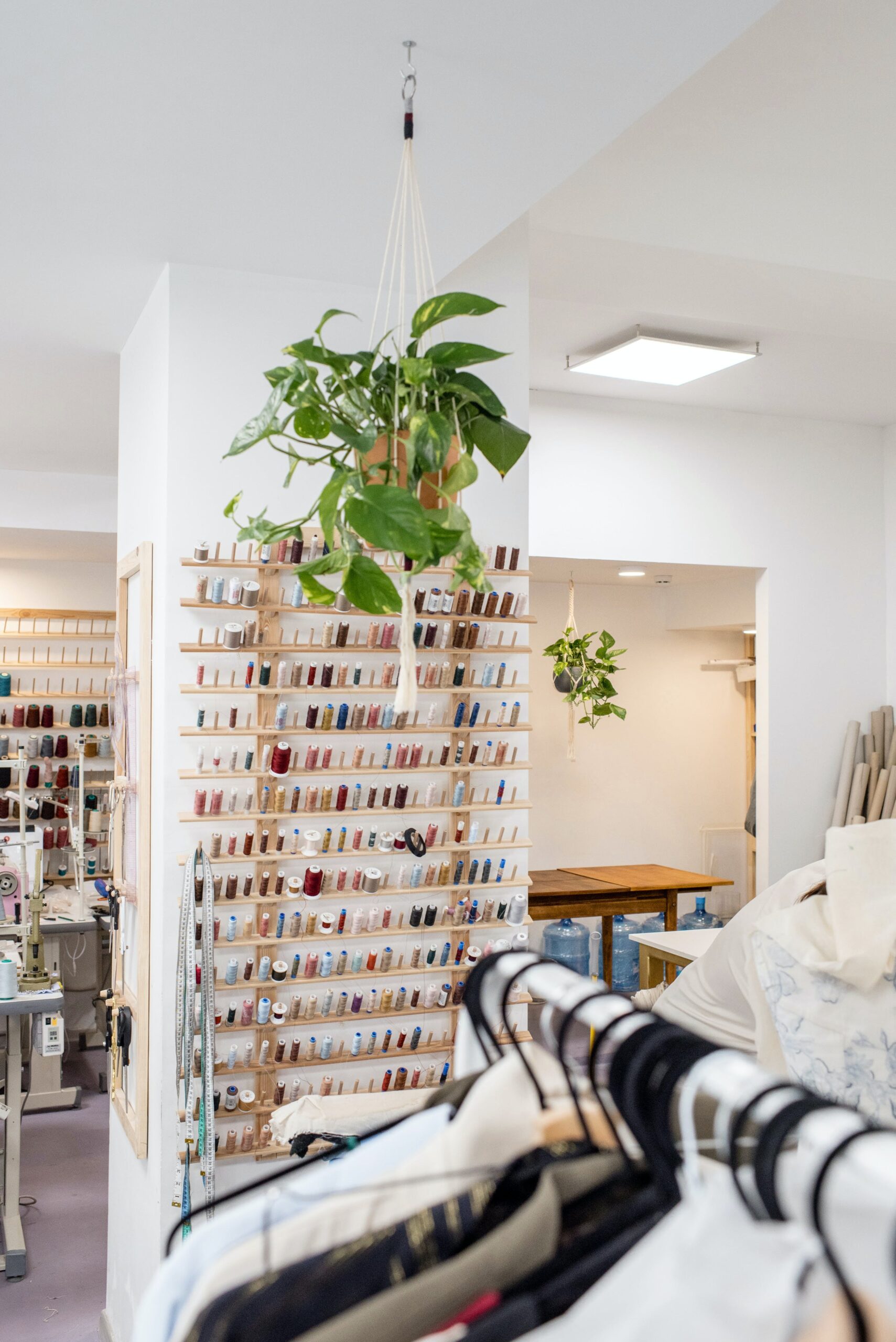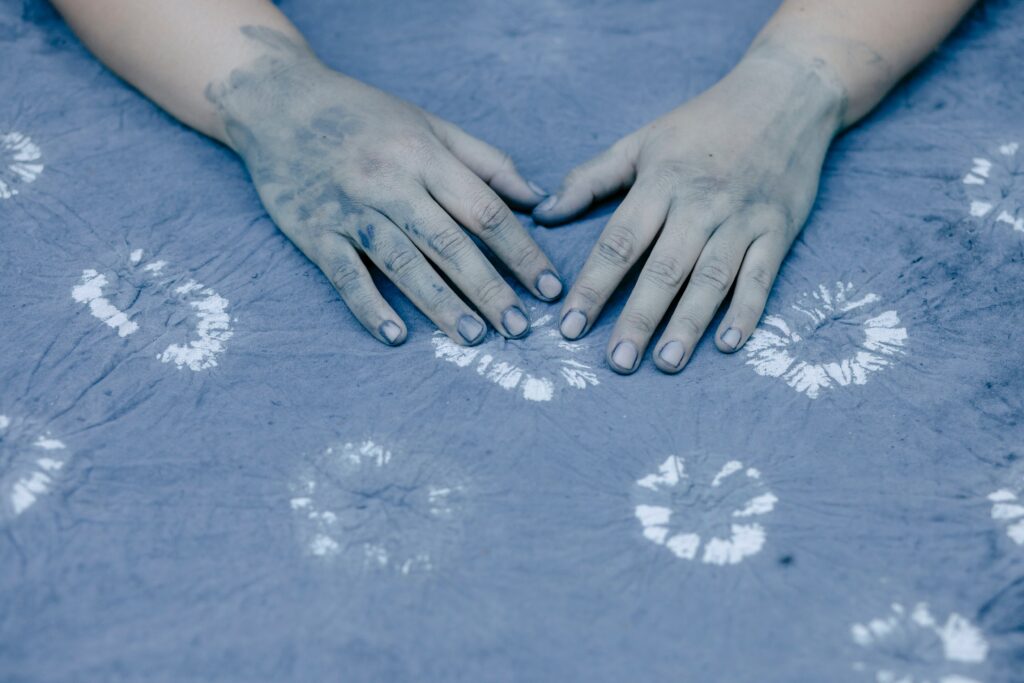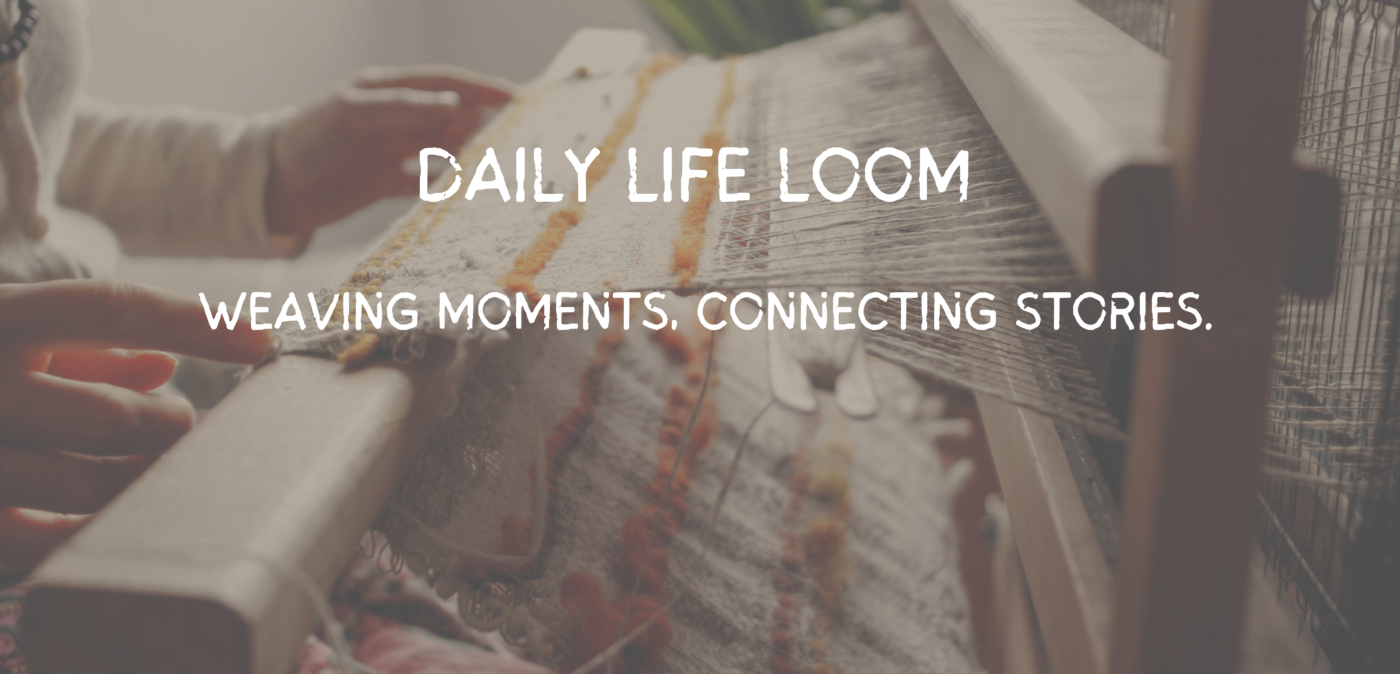
Decoding the Emotional Language of Clothing
Fashion Psychology: Decoding the Emotional Language of Clothing
In a world where personal expression is paramount, the choices we make in clothing extend far beyond mere fabric draped on our bodies. Fashion psychology delves into the intricate interplay between attire and emotions, unravelling the subtle messages woven into our style preferences.
The Psychology of Colour
Certainly! When delving into the fascinating world of fashion, understanding the psychology of colour becomes a crucial element. Colours play a profound role in shaping our perceptions, emotions, and reactions, making them a powerful tool in the realm of fashion.
Here’s a brief exploration of the psychology of colour in the context of fashion:

Red: Passion and Boldness: Red is a colour that exudes passion, energy, and a sense of boldness. In the fashion world, it often symbolises confidence and can be a powerful choice for making a statement.
Blue: Tranquillity and Trust: Blue is associated with tranquillity and trust. In fashion, it can be used to convey a sense of reliability and calm sophistication. Darker blues are often perceived as more formal, while lighter blues can evoke a more relaxed vibe.
Yellow: Optimism and Energy: Yellow is a colour that radiates optimism and energy. In fashion, it can be a great choice for adding vibrancy to an outfit and creating a positive, attention-grabbing impact.
Green: Nature and Harmony: Green, being associated with nature and harmony, is often used in fashion to convey a sense of balance and tranquillity.
Black: Elegance and Versatility: Black is a timeless color associated with elegance and sophistication. In the fashion world, it’s a staple for creating versatile, chic looks that can range from casual to formal.
White: Purity and Simplicity: White symbolises purity and simplicity. In fashion, it’s a classic choice for a clean and fresh look. White outfits are often associated with a sense of purity and minimalism.
Pink: Romance and Playfulness: Pink is often linked to romance and playfulness. In fashion, it can be used to create looks that are feminine, romantic, and youthful.
Purple: Royalty and Luxury: Purple has long been associated with royalty and luxury.
Dressing for Success
The old adage “dress for success” holds more weight than we might realise. Research suggests that the clothes we wear can impact our cognitive processes and influence how we perceive ourselves.
Putting on a well tailored suit or a polished dress can trigger a psychological phenomenon known as “en-clothed cognition,” where the symbolic meaning of our attire shapes our mental processes.
The Comfort Conundrum

Comfort is a key player in the psychology of fashion. While some may find solace in loose, casual garments, others feel empowered by the structure and formality of tailored clothing.
Understanding one’s comfort preferences reveals insights into their need for security, control, or adventure.
Emotional Attachment to Clothing
Emotional attachment to clothing transcends mere fabric and stitches; it’s a profound connection between our wardrobes and our memories, emotions, and self perception.
Certain garments become intertwined with pivotal moments, serving as tangible reminders of joy, success, or even heartache. The psychology behind this attachment lies in the intertwining of clothing with personal narratives, creating a wearable archive of our experiences.

Whether it’s the outfit worn during a significant achievement or a cherished item imbued with sentimental value, these pieces become more than just fabrics, they become vessels of emotion and conduits to our past, reflecting the intricate relationship between our internal worlds and the garments that adorn us.
Social Identity and Conformity
Fashion choices are not made in isolation; they are profoundly influenced by social dynamics. Our desire to belong and conform to a particular group or subculture can shape our clothing preferences.
From street style to haute couture, the fashion we adopt often serves as a visual marker of our identity and the communities we align with.
Trends vs. Individuality
In the dynamic realm of fashion psychology, the interplay between trends and individuality is a captivating dance. Trends, often dictated by the fashion industry and popular culture, provide a collective aesthetic that unites a diverse audience.
They offer a sense of belonging and a shared language of style. On the flip side, individuality in fashion is a celebration of personal expression, a unique dance to the rhythm of one’s own style.
It’s the art of standing out rather than blending in, crafting a wardrobe that reflects one’s personality and values. Navigating this balance is the key, embracing trends for inspiration while infusing personal flair ensures that fashion becomes a canvas for both collective harmony and individual self expression.
Mindful Wardrobes and Sustainable Fashion
In recent years, an increasing awareness of the environmental impact of the fashion industry has prompted a shift toward mindful wardrobes.
Fashion psychology intersects with sustainability as individuals reconsider their consumption patterns, opting for quality over quantity and choosing clothing that aligns with their values.
FAQs About Fashion Psychology
Can fashion choices impact self perception?
Absolutely! Clothing is a powerful tool for self expression, influencing how we perceive ourselves and how others perceive us. Dressing in a way that aligns with personal identity can boost confidence and self esteem.
Is there a link between body image and fashion psychology?
Yes, body image is intricately tied to fashion psychology. Clothing choices can affect how individuals perceive their bodies, and the fashion industry’s portrayal of beauty standards can impact self worth.
Can changing one’s style influence mood and mindset?
Absolutely. The phenomenon known as “enclothed cognition” suggests that the symbolic meaning of clothing can influence the wearer’s psychological processes, affecting confidence and cognitive functions.
Why do certain clothing items hold sentimental value?
Clothing becomes intertwined with memories, marking significant moments in life. The emotional attachment may stem from the experiences associated with wearing a particular item.
Are there cultural differences in fashion psychology?
Yes, cultural backgrounds significantly influence fashion preferences and the psychological meanings attached to certain styles and colors. Fashion psychology acknowledges and respects this diversity in interpretation and expression.
How can one balance following trends and expressing individuality?
The key is finding a personal style that incorporates trends while staying true to individual preferences. It’s about using fashion as a form of self-expression rather than strict adherence to trends.
Conclusion
Fashion is a silent language, and our clothing choices speak volumes about our emotions, experiences, and aspirations. By embracing the principles of fashion psychology, we gain a deeper understanding of the profound connection between attire and the human psyche.
As we navigate the vast landscape of fashion, let us be mindful of the emotional narratives we weave through our wardrobes, for in every stitch and seam, a story unfolds.

